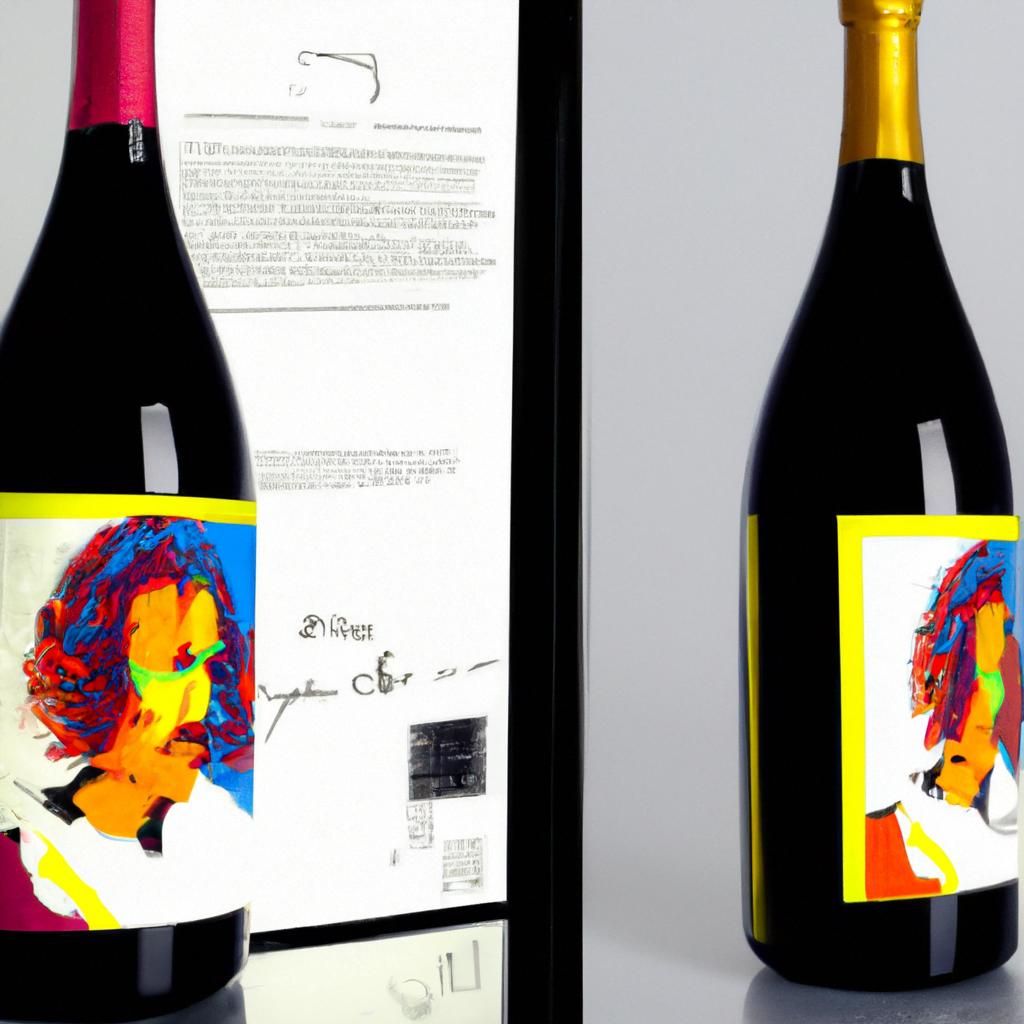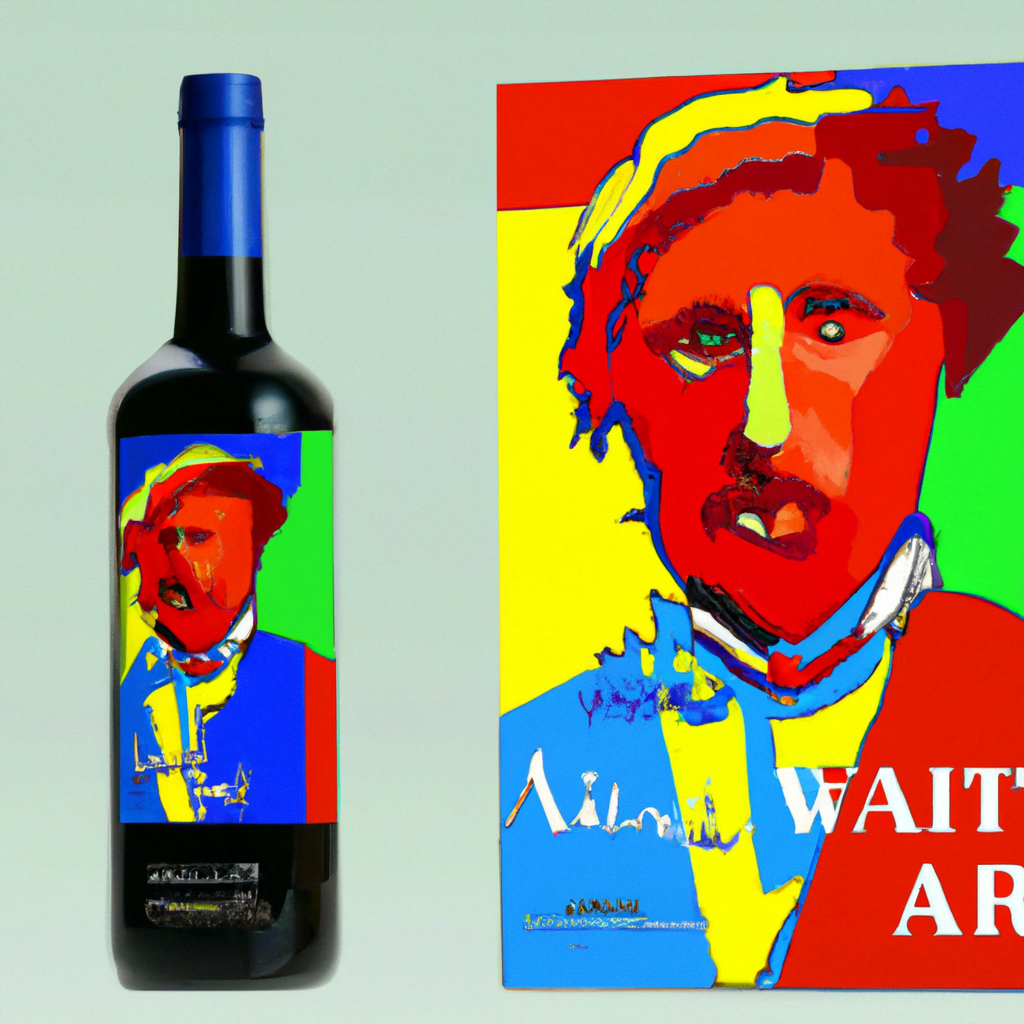
Packaging Design for Wines and Spirits: A Guide to Creating a Memorable Brand Identity

When it comes to wines and spirits, packaging design plays a crucial role in attracting customers and creating a memorable brand identity. A well-designed bottle can make all the difference in a crowded market, where consumers are often overwhelmed with choices. In this article, we will explore the importance of packaging design for wines and spirits, the key elements of a successful design, and some examples of brands that have nailed it.
The Importance of Packaging Design for Wines and Spirits
Packaging design is the first point of contact between a brand and its potential customers. It is the first thing that catches the eye and creates an impression. In the case of wines and spirits, packaging design is even more important because it can convey the quality, taste, and personality of the product. A well-designed bottle can make a customer feel confident about their purchase and even become a collector’s item.
Moreover, packaging design can help a brand stand out in a crowded market. With so many wines and spirits available, it is essential to create a unique and memorable brand identity that resonates with customers. A distinctive design can also help a brand command a premium price and increase its perceived value.
The Key Elements of a Successful Packaging Design
Creating a successful packaging design for wines and spirits requires a combination of creativity, strategy, and technical expertise. Here are some key elements to consider:
Brand Identity
The packaging design should reflect the brand’s identity and values. It should be consistent with the brand’s logo, color scheme, and messaging. For example, a brand that emphasizes tradition and heritage may opt for a classic design with elegant typography and ornate details, while a brand that targets a younger audience may choose a more modern and playful design.
Bottle Shape and Size
The shape and size of the bottle can also influence the design. A unique bottle shape can make a brand stand out and create a memorable impression. However, it is important to consider the practicality of the shape and ensure that it is easy to handle and store. The size of the bottle can also affect the price point and the perceived value of the product.
Label Design
The label is the most visible part of the packaging design and should be designed with care. It should include all the necessary information, such as the brand name, varietal, vintage, alcohol content, and origin. The typography, color, and imagery should be consistent with the brand identity and convey the quality and taste of the product. It is also important to consider the legibility of the label, especially for small fonts and low-light conditions.
Materials and Finishes
The choice of materials and finishes can also affect the design and the perceived value of the product. Glass is the most common material for wine and spirits bottles, but other materials such as ceramic, metal, and plastic can also be used for a unique look. The finish can range from matte to glossy, and can include embossing, debossing, foiling, and other techniques to create texture and depth.
Environmental Sustainability
Finally, it is important to consider the environmental impact of the packaging design. Sustainable materials, such as recycled glass and paper, can reduce the carbon footprint of the product and appeal to eco-conscious customers. Minimalist designs that use less material can also reduce waste and shipping costs.
Examples of Successful Packaging Designs
Here are some examples of wines and spirits brands that have created successful packaging designs:
1. Absolut Vodka
Absolut Vodka is known for its iconic bottle design, which features a sleek and minimalist shape with a frosted finish. The label is also simple and elegant, with the brand name and logo in bold typography. The design reflects the brand’s Swedish heritage and premium quality, and has become a collector’s item for many customers.
2. Casamigos Tequila
Casamigos Tequila is a relatively new brand that has gained popularity for its smooth taste and celebrity endorsement by George Clooney. The packaging design features a unique bottle shape with a smooth and curved surface, reminiscent of a river stone. The label is also simple and modern, with a black and white color scheme and a small logo. The design reflects the brand’s laid-back and sophisticated personality, and has helped it stand out in a crowded tequila market.
3. Yellow Tail Wine
Yellow Tail Wine is a popular Australian brand that has become known for its affordable and approachable wines. The packaging design features a bright and colorful label with a kangaroo logo, which appeals to a younger and more casual audience. The bottle shape is also simple and easy to handle, with a screw cap for convenience. The design reflects the brand’s fun and friendly personality, and has helped it become one of the best-selling wine brands in the US.
Conclusion
Packaging design is a crucial element in creating a successful brand identity for wines and spirits. A well-designed bottle can attract customers, convey the quality and taste of the product, and create a memorable impression. By considering the key elements of a successful design, such as brand identity, bottle shape and size, label design, materials and finishes, and environmental sustainability, brands can create a unique and effective packaging design that resonates with their target audience.
